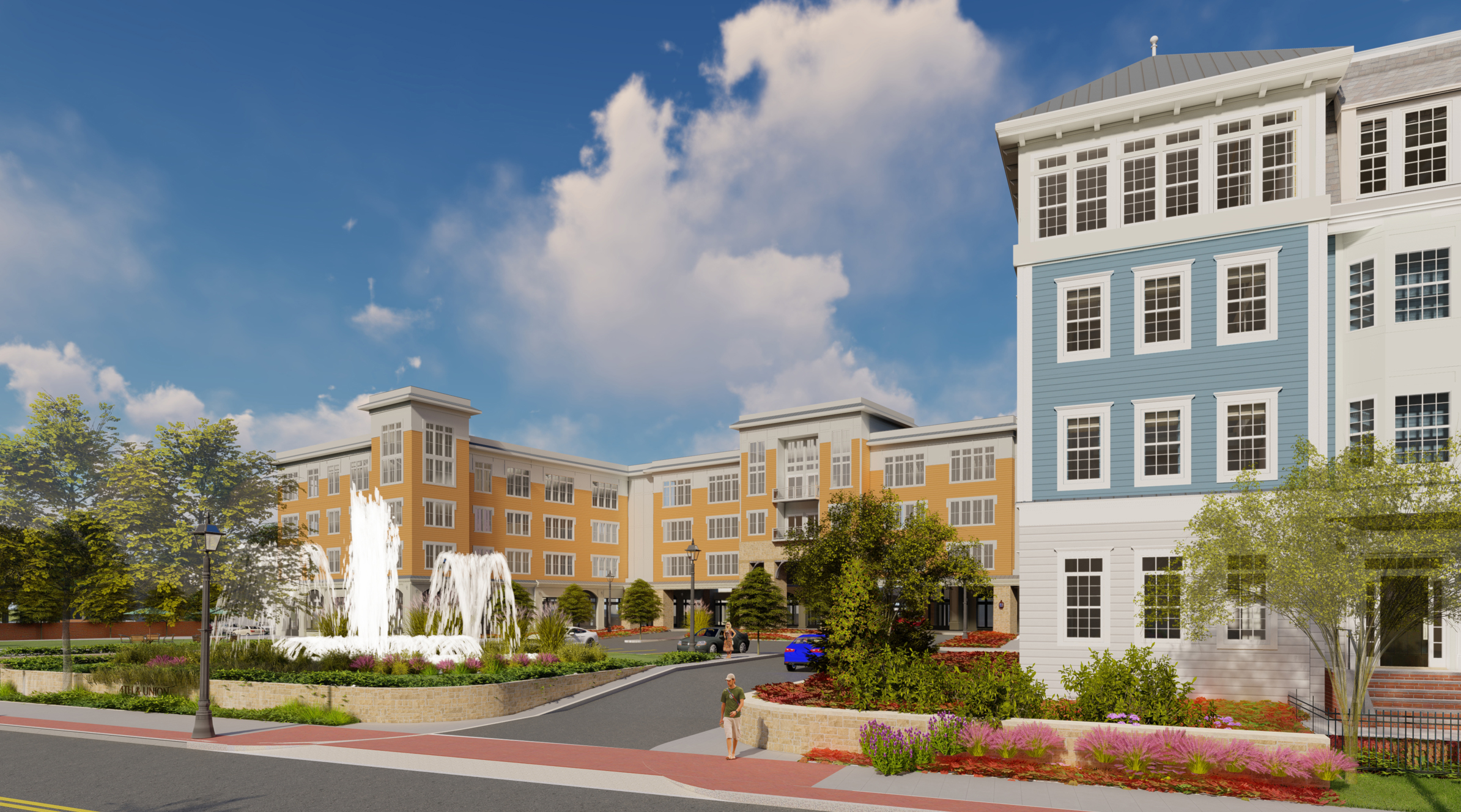A maze of patchwork zoning rules and anti-growth sentiment pose serious challenges for developers looking to solve Long Island’s affordable housing shortage.
But a groundswell of political support — as well as the aftermath of the coronavirus pandemic — could be just what the area needs to finally address its housing issues and build the kinds of communities needed to help Long Island prosper, according to industry leaders.
“There’s been a political awakening. There’s been a grassroots awakening,” said Jim Coughlan, principal at Long Island’s TRITEC Real Estate Company. “We’re making progress, and that’s the exciting thing.”
Coughlan and other players in the development industry discussed how mixed-use developments could boost Long Island during the “Revitalizing Long Island: Building Mixed-use & Mixed-income Communities That Last” panel hosted by Bisnow.
Coughlan — whose firm played a major role in the revitalization of Patchogue and is working on the Ronkonkoma redevelopment project — said the Island doesn’t have the kind of housing that many younger adults are looking for. Most housing across Suffolk and Nassau County is scattered single-family homes. Even multi-family options are “antiquated,” with over 40 percent dating back to the 1970s, he said.
The region needs about 100,000 more housing units to meet the demand, Coughlan said, but as a whole, the industry is only adding around 2,000 units per year.
With the coronavirus pandemic pushing many people out of the city, Coughlan and others on the panel said stakeholders must develop more mixed-use housing to attract new residents and provide for existing locals.
“We owe it to this Island to create the kind of communities, the lifestyle, that these people want,” he said. Coughlan said TRITEC has seen a jump in interest from New York City residents for its Ronkonkoma project.
But building more mixed-use projects and constructing hubs of walkable downtowns is easier said than done.
Jeffrey Daniels, Senior Vice President of Institutional Property Advisors, said building a new development means navigating a maze of local governments and stakeholders, all of which may have different zoning or regulatory codes.
Long Island needs regional planning that can be sustained over multiple administrations to help guide developers and provide stability for the community’s future, he said.
“If we don’t have a regional plan, it’s going to be tough to survive,” Daniels said.
Long-term planning can help identify targeted areas where walkable communities can be developed — and then supported with infrastructure, Coughlan added. Most new developments are built by converting existing outdated building lots.
“We don’t need more apartments in a sod farm,” he said. “We need them in our downtowns.”
Long Island also struggles to entice developers due to a general “anti-growth” sentiment, developers said.
Coughlan noted that projects in other parts of the country have the full backing of the communities, with one in Virginia even providing new infrastructure like a highway interchange for the development.
“In order to get out of that, you need to have that pro-growth sentiment and we don’t really have that here,” Daniels agreed. “We have to find a way to change that sentiment.”
Community Development Corporation of Long Island President and CEO Gwen O’Shea said adding more housing helps local businesses grow.
She noted that the East End has seen a boom in business demand recently as New Yorkers flee the city for their second residences. But businesses have been unable to meet demand since their workers have nowhere to live, she said.
O’Shea and other panelists also said new development could also address Long Island’s infamous segregation, as many communities are separated by racial and economic divides.
“If you look at us as a region, Long Island is probably in the top five of the most economically and racially segregated communities in the country,” she said. “And that has had significant implications, both individually and collectively … We fall behind because of that.”
Daniels agreed, saying the previous ideal of suburbia isn’t helping Long Island today.
“It’s the story of the haves and the have-nots here on Long Island,” he said.
Developers face many challenges to address that divide, but recent years have been encouraging. The success of the Patchogue revitalization has been a template for future development, with dozens of new restaurants and bars opening in the new walkable downtown, Coughlan said.
Other projects like in Ronkonkoma, Wyandanch and the Nassau Hub promise similar benefits for the surrounding areas.
“We need the politicians and the communities to keep supporting it,” said Christopher Albanese, President of The Albanese Organization. “‘Apartment buildings’ is not a dirty word.”
Both Albanese and Coughlan said state initiatives and funding, especially from the federal government, could help boost affordable housing stock, since private capital markets are very competitive and push for market-rate apartments and housing options.
Despite the hurdles, Coughlan said the industry is ready to push ahead with development projects to make Long Island a better place to work and live.
“A lot of the industry players are rising up and meeting those challenges,” he said.

